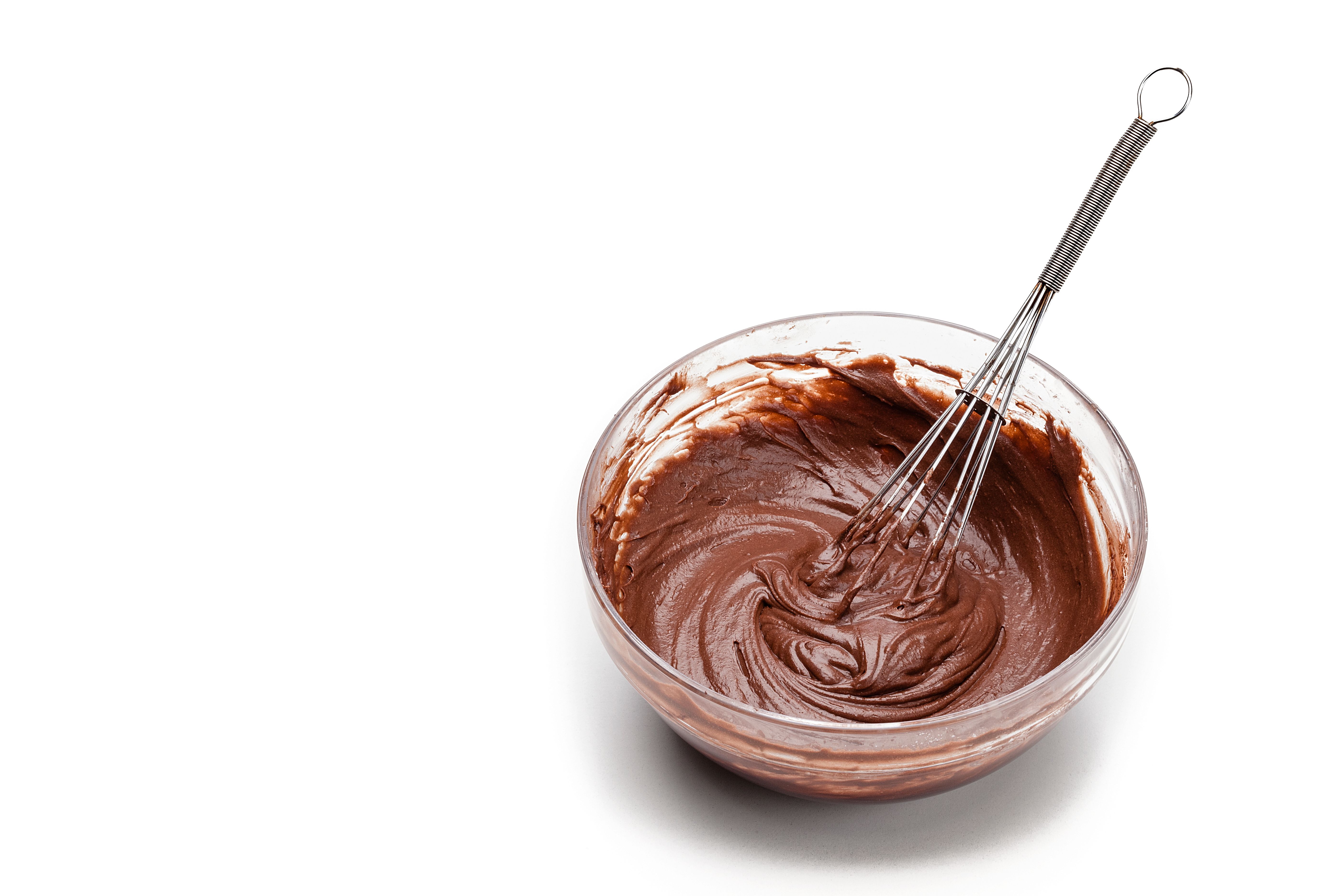Mastering the Art of Baking a Cake from Scratch
Understanding the Basics
Baking a cake from scratch is a rewarding experience that combines both art and science. The key to success lies in understanding the basic elements of baking. Before you start, it's essential to gather all necessary ingredients and tools. This preparation will make the process smoother and more enjoyable.
Cakes typically consist of flour, sugar, eggs, butter, and a leavening agent like baking powder. Each ingredient plays a crucial role in the cake's texture and flavor. For instance, flour provides structure, while sugar adds sweetness and enhances moisture retention. Understanding these roles will help you tweak recipes to suit your taste.

Preparing Your Ingredients
Before diving into the mixing process, ensure that all ingredients are at room temperature. This step is vital as it allows for better incorporation and a smoother batter. Start by measuring your ingredients accurately using a kitchen scale for precision. This will lead to more consistent results every time you bake.
Once you've measured everything, sift the dry ingredients like flour and baking powder together. Sifting helps to aerate these components, which can result in a lighter cake. It also ensures even distribution of the leavening agent throughout the flour.
Mastering the Mixing Method
There are several mixing methods used in baking, but the creaming method is one of the most common for cakes. Begin by beating butter and sugar together until light and fluffy. This process creates air pockets in the batter, contributing to a soft and tender cake texture.
Next, add eggs one at a time, beating well after each addition. This technique helps to emulsify the batter, creating a uniform mixture. Gradually incorporate the sifted dry ingredients and any liquid components, alternating between them to avoid overmixing.

Baking to Perfection
Once your batter is ready, pour it into a prepared cake pan. It's crucial to grease and line your pans with parchment paper to prevent sticking. Preheat your oven to the specified temperature before placing the cake inside to ensure even baking.
Monitor your cake as it bakes, but resist the urge to open the oven door frequently, as this can cause temperature fluctuations. Use a toothpick or cake tester inserted into the center of the cake to check for doneness. If it comes out clean or with a few crumbs, your cake is ready.
Cooling and Decoration
Allow your cake to cool in the pan for about 10 minutes before transferring it to a wire rack. This step prevents the cake from becoming soggy due to trapped steam. Once fully cooled, you can begin decorating according to your preference.
There are countless ways to decorate a cake, from simple icing sugar dustings to elaborate fondant designs. Choose decorations that complement the flavor of your cake and showcase your personal style.
Tips for Success
To master baking from scratch, practice is key. Don't be discouraged by initial failures; each attempt is an opportunity to learn and improve. Keep experimenting with different ingredient ratios and techniques until you find what works best for you.
Remember that precision in baking is essential. Always measure accurately and follow recipes closely until you're comfortable enough to make modifications. With time, you'll gain the confidence needed to create stunning cakes from scratch.
